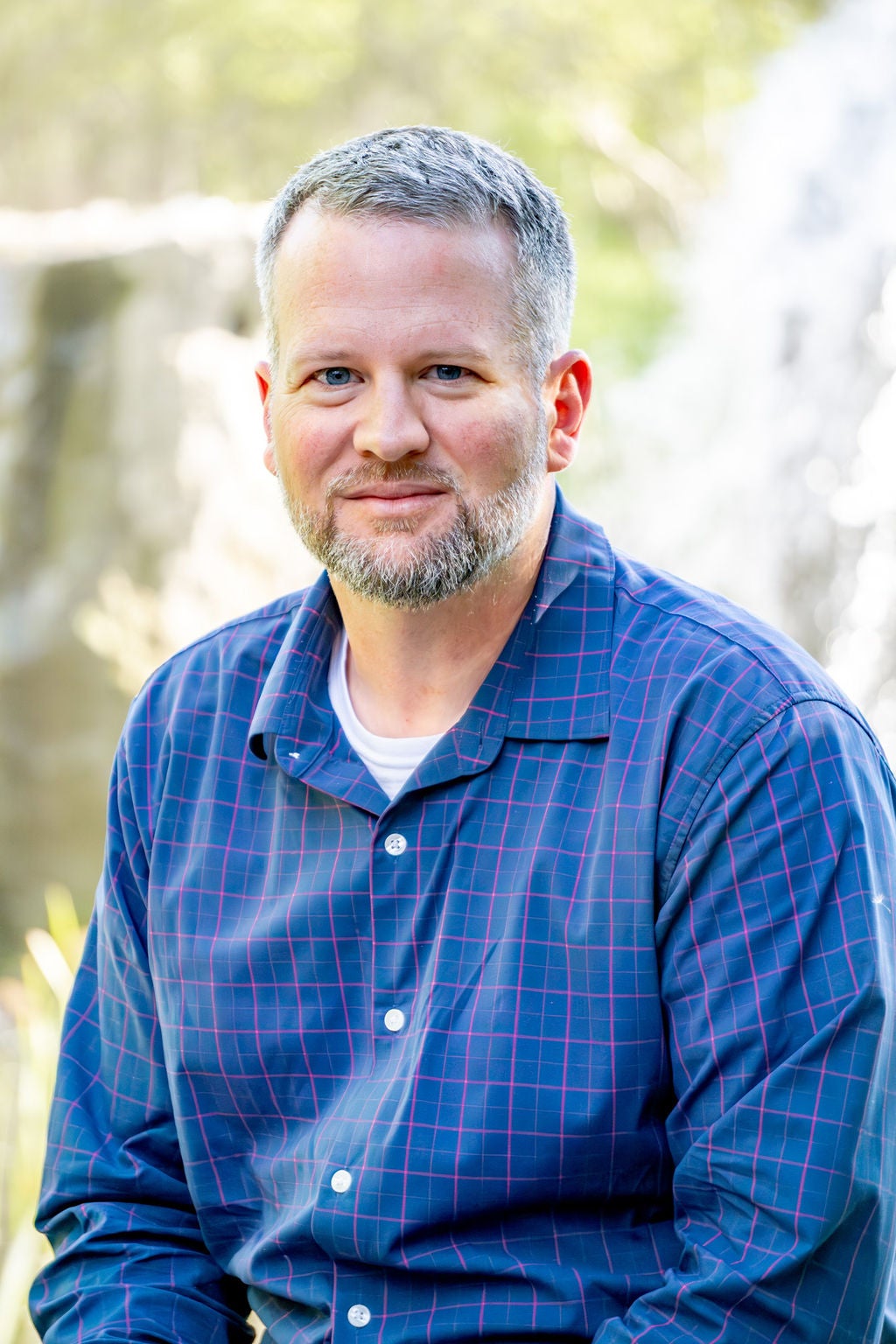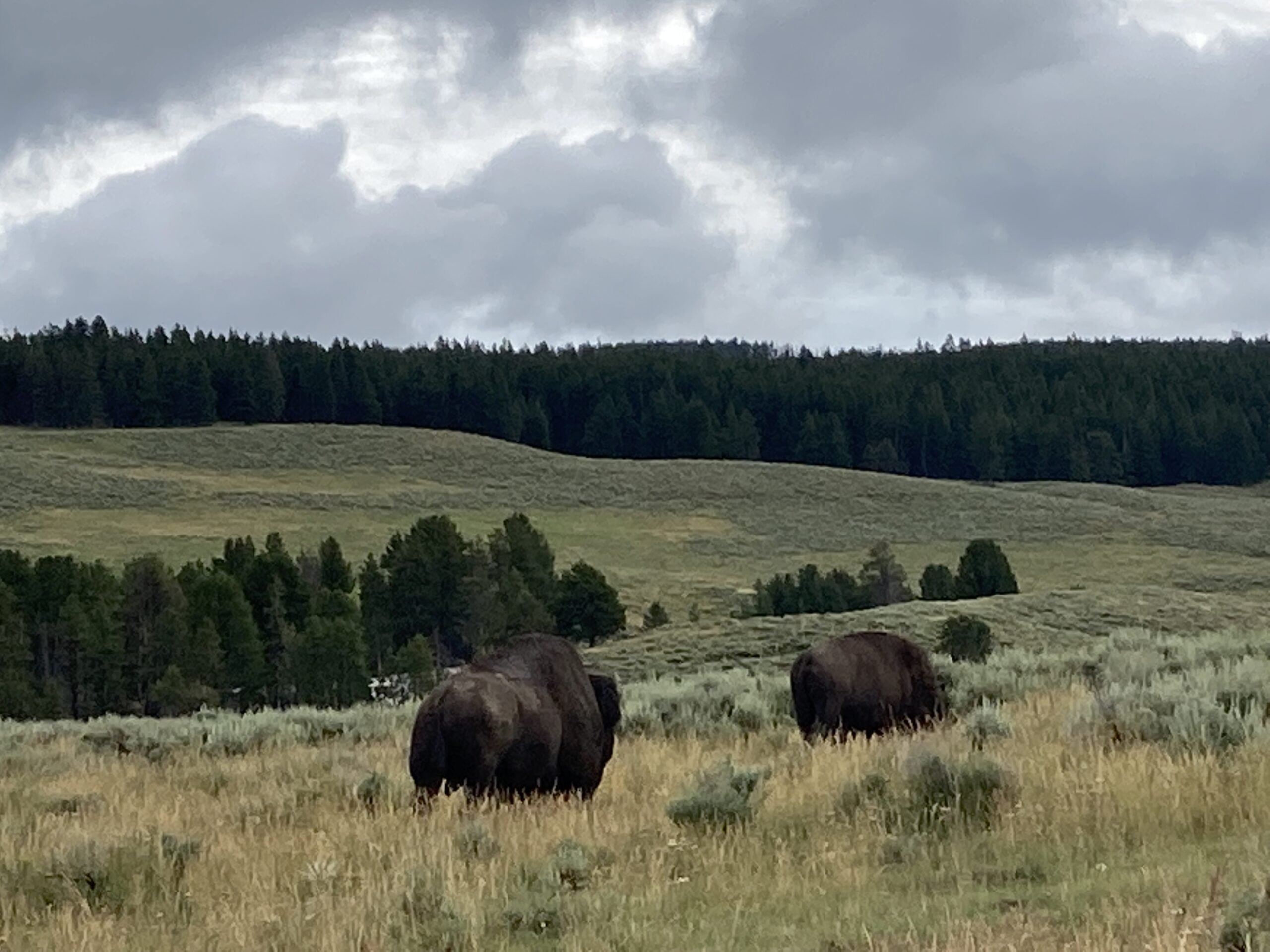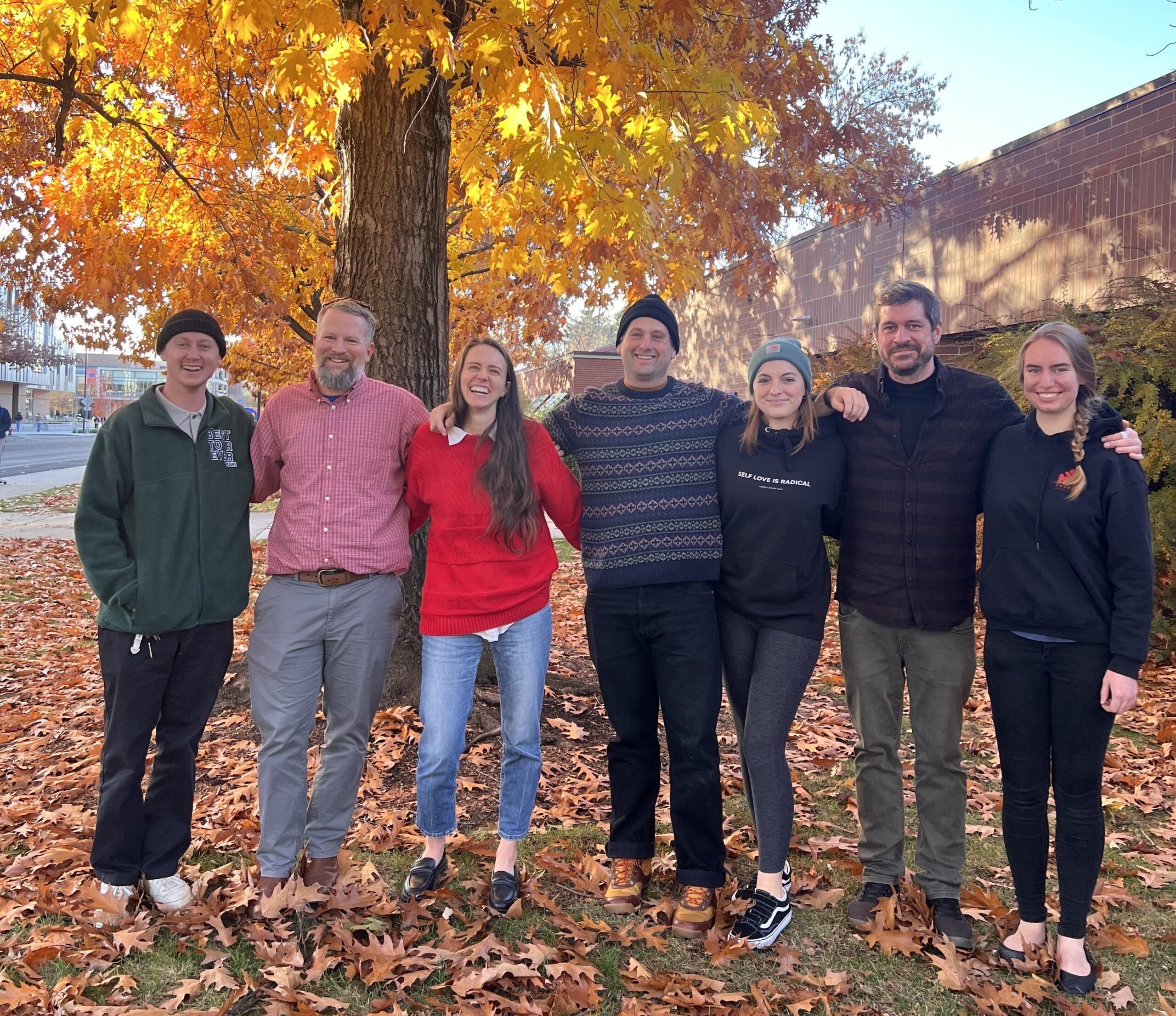For Matt Williamson, home was wherever the forest called. With a father who worked as a wildlife biologist for the Forest Service, his family’s life was one of constant movement—trading the coast of Alaska for the plains of South Dakota or the bottomlands of Louisiana for the lakes of northern Minnesota. What felt like an endless childhood adventure would eventually shape his career.

Williamson’s academic journey began as a biochemistry major, but he quickly realized it wasn’t the right fit. Inspired by his father’s work, he shifted toward wildlife biology, earning bachelor’s and master’s degrees from Colorado State University. He then gained hands-on experience as a restoration ecologist outside in Illinois before moving to Arizona, where he led the conservation science program at the Grand Canyon Trust. After earning a doctorate in ecology at the University of California, Davis–where he first built connections with Boise State–Williamson undertook a postdoctoral fellowship at the University of British Columbia.
Now an assistant professor in Boise State’s Human-Environment Systems program, Williamson spends much of his time making maps; visual stories that reveal how policies and leadership strategies shape wildlife conservation. He points to an example from Colorado, where voters recently approved the reintroduction of wolves.
“We did an analysis looking at the potential effects of economic incentives for ranchers and a policy change where the Bureau of Land Management and Forest Service both manage connectivity to see how they might affect wolf reintroduction,” he said.
Williamson’s team used geospatial mapping to identify the best routes for wolves to travel and connect with populations like those in Yellowstone, ensuring population sustainability. Their analysis considered ecological challenges and human impacts, such as economic hardships for private landowners and inconsistent wildlife policies between the Forest Service and Bureau of Land Management.

“It turns out that even though we often invest in economic incentives, and we often think a lot about private landowners, simply aligning the Bureau of Land Management and Forest Service actually has a much bigger effect on the likelihood of wolves making it to Yellowstone,” he said.
For Williamson, scientific tools are more than just a means to understand how the world works; they’re a way to imagine how it could be with the right changes.
“Maps are a powerful visual for helping people, not just see where we are right now, but see a path forward to a place we might agree we all want to be,” he said.
Williamson also contributes his expertise to large-scale projects such as GEM3 (Genes by Environment: Modeling, Mechanisms, and Mapping) and I-CREWS (Idaho Community-engaged Resilience for Energy-Water Systems), both part of the National Science Foundation’s EPSCoR initiative—Established Program to Stimulate Competitive Research. In these projects, he focuses on mapping how organisms adapt to changing environments and examining the impacts of climate, population, and technological advancement on energy-water systems.
Beyond his research, Williamson emphasized the importance of recognizing community strengths in conservation efforts. While discussions often focus on vulnerabilities such as poverty or health, he pointed out that communities bring unique capacities to the table. For example, small Idaho towns may have lower incomes or education levels but possess deep, long-standing social connections that can serve as powerful assets. Leveraging these strengths, rather than imposing external solutions, is key to fostering collaboration.
“I hope that our work can help depoliticize how we think about the environment. It doesn’t have to be a polarizing issue and could actually be something that brings us all together,” he said.

(Left to Right: Ben Wall, Matt Williamson, Holly Nesbitt, Mike Kryzwicki, Sarah Breedlove, Ryan Tarver, Laura Potter)
Throughout his time with Boise State, Williamson has found purpose in teaching and mentoring students. When he started, his lab consisted of two graduate students. Today, it has grown to more than fifteen participants, making his work especially meaningful.
“So often we train students to imagine that their work is in coming up with answers, and that is part of it, but the real power for a scientist is in the question,” he said. “I hope our work helps students see the power of research as a way of starting conversations that they want to have with people.”
As he continues his work in landscape ecology and environmental governance, Williamson remains committed to empowering students to ask bold questions and envision new possibilities. Just as maps guide his research, he hopes to inspire the next generation to chart their own paths toward meaningful change.
This publication was made possible by the NSF Idaho EPSCoR Program and by the National Science Foundation under award number OIA-2242769.
Written by Zenaida De La Cruz